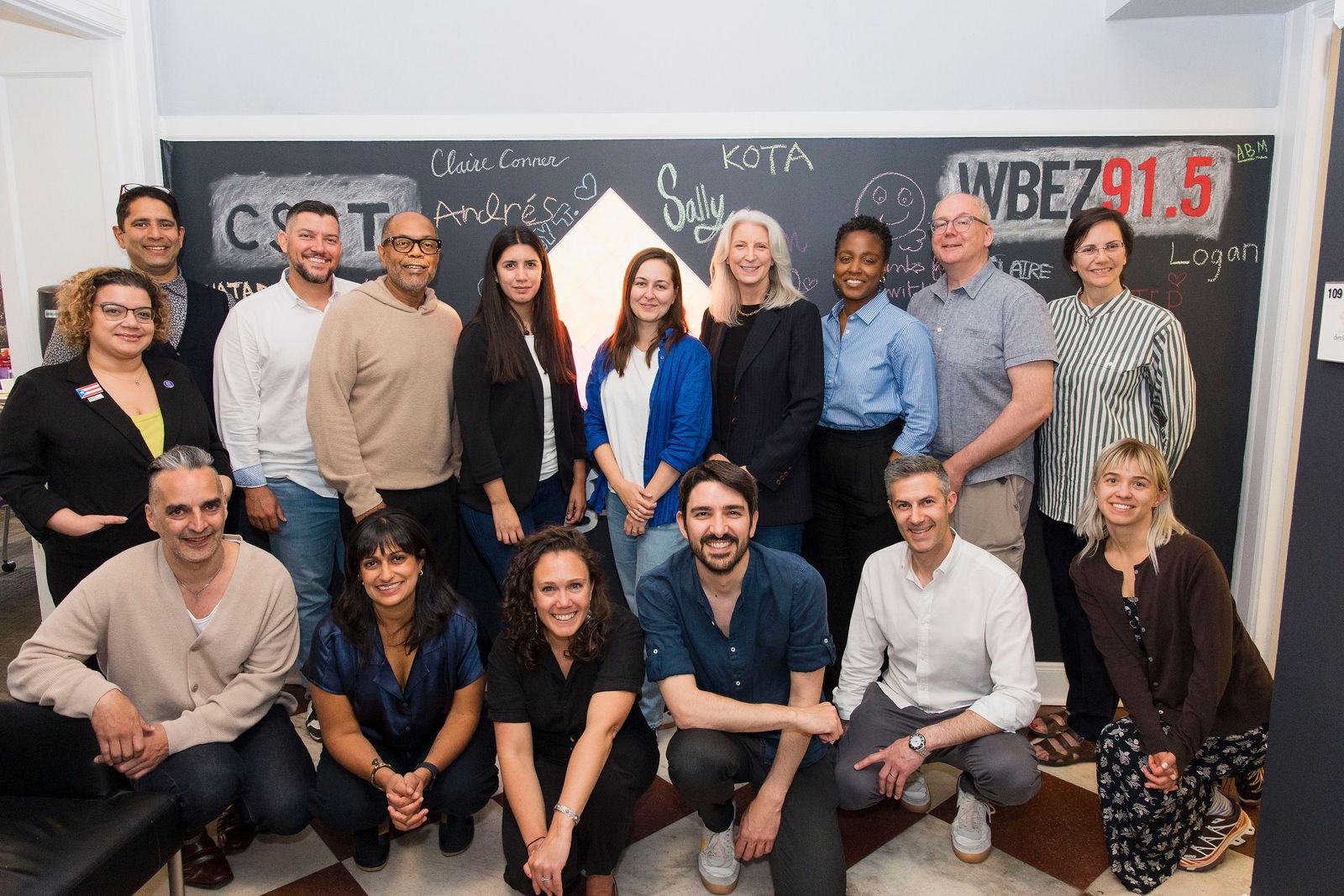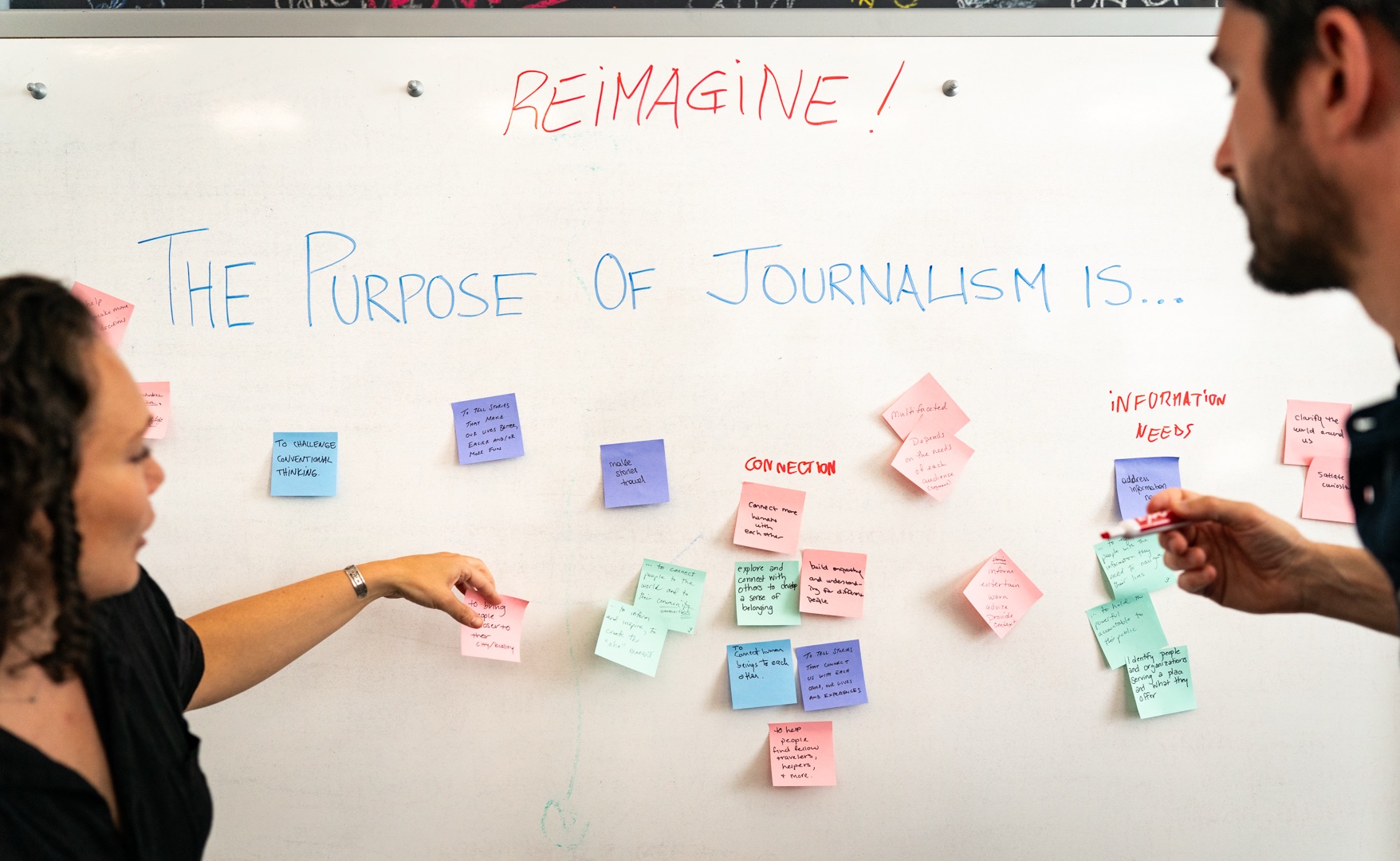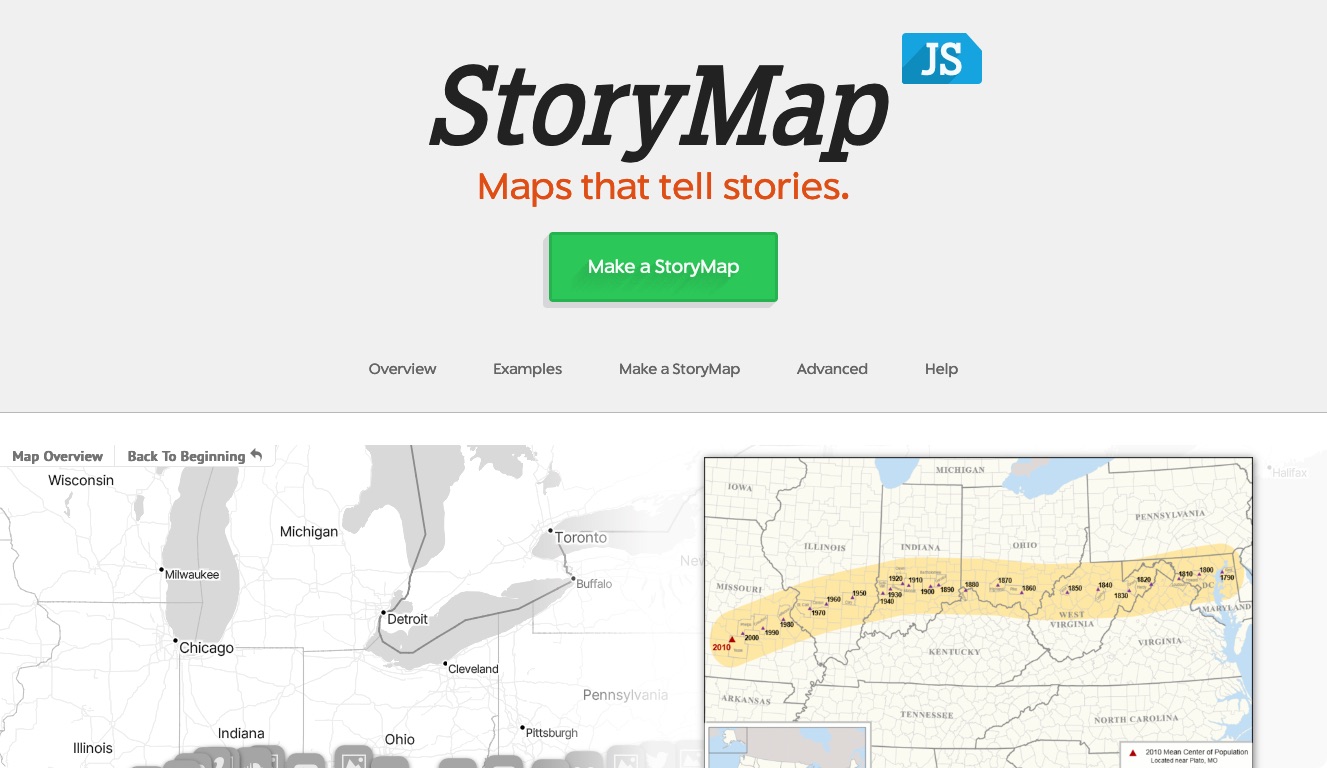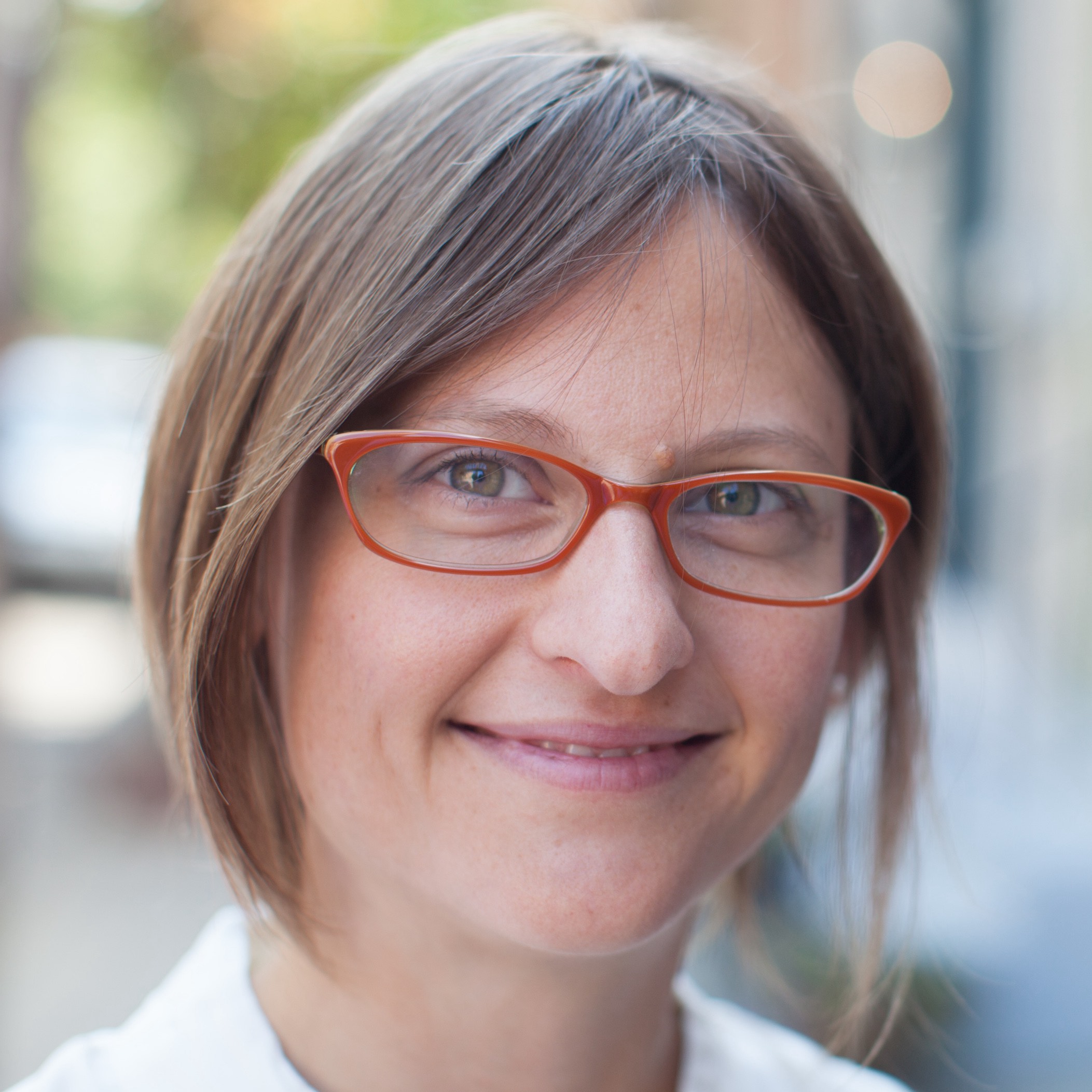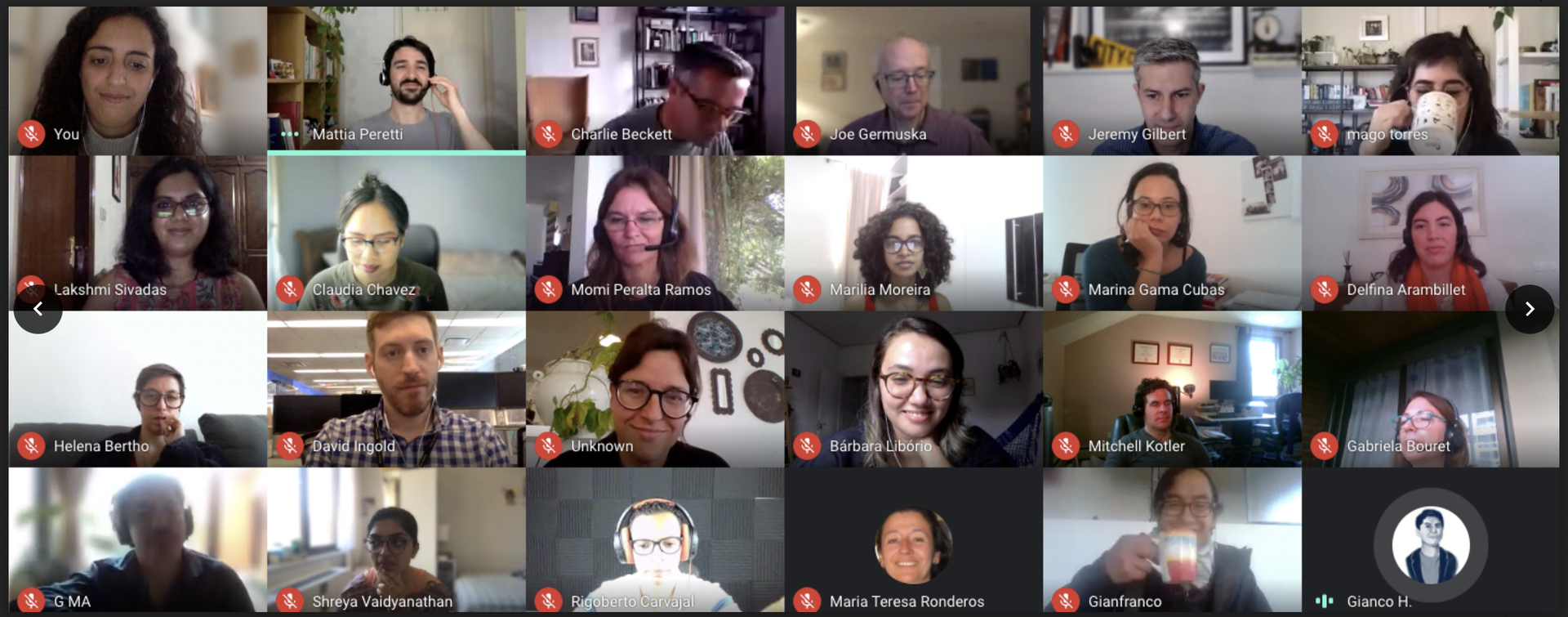Journalistic training emphasizes that our societies NEED journalism, but it’s fair to ask if anyone actually NEEDS the journalism we’re currently getting.
Many people worldwide are not asking ‘if’ they need today’s journalism – they’re showing they don’t: 40% “often or sometimes avoid the news these days,” according to the latest Digital News Report (42% in the US, 46% in the UK, and over 60% in some other countries).
Too often, traditional journalism fails to consider the needs and emotions of its audience, or the role news is supposed to play in their lives. Journalists limit themselves to reporting “what happens” without concern for what people are “supposed to do” with the information.
Traditional news leaves many people overwhelmed by its volume and negativity. Reporters move from story to story in a cycle of overproduction, leaving no space for the questions that truly matter: “Why do we do what we do? What is journalism for?”
Why Now?
Working in journalism is not easy and, especially lately, not always enjoyable: journalism’s crisis is no secret. But, too often, conversations about ‘saving journalism’ focus on the symptoms, not the sickness.
Outdated business models, failed distribution systems, and a poor understanding of evolving communication modes are symptoms.
The sickness is that for too long, we did not focus on the people we serve. We ignored their existence, or at best reduced their humanity to a set of soulless metrics. The relationship deteriorated, and now it’s mostly broken.
However, we can heal this relationship through an intentional effort to reimagine what journalism can be: what its purpose is, what it means to do journalism, and what journalistic products are.
Imagining a Better Process
With the JR3 project, we aim to support the healing process. JR3 stands for ‘Rethink, Recenter, Reimagine. Journalism in transition.’ The project is developed by the Knight Lab in collaboration with News Alchemists, with support from Northwestern’s Buffett Institute for Global Affairs.
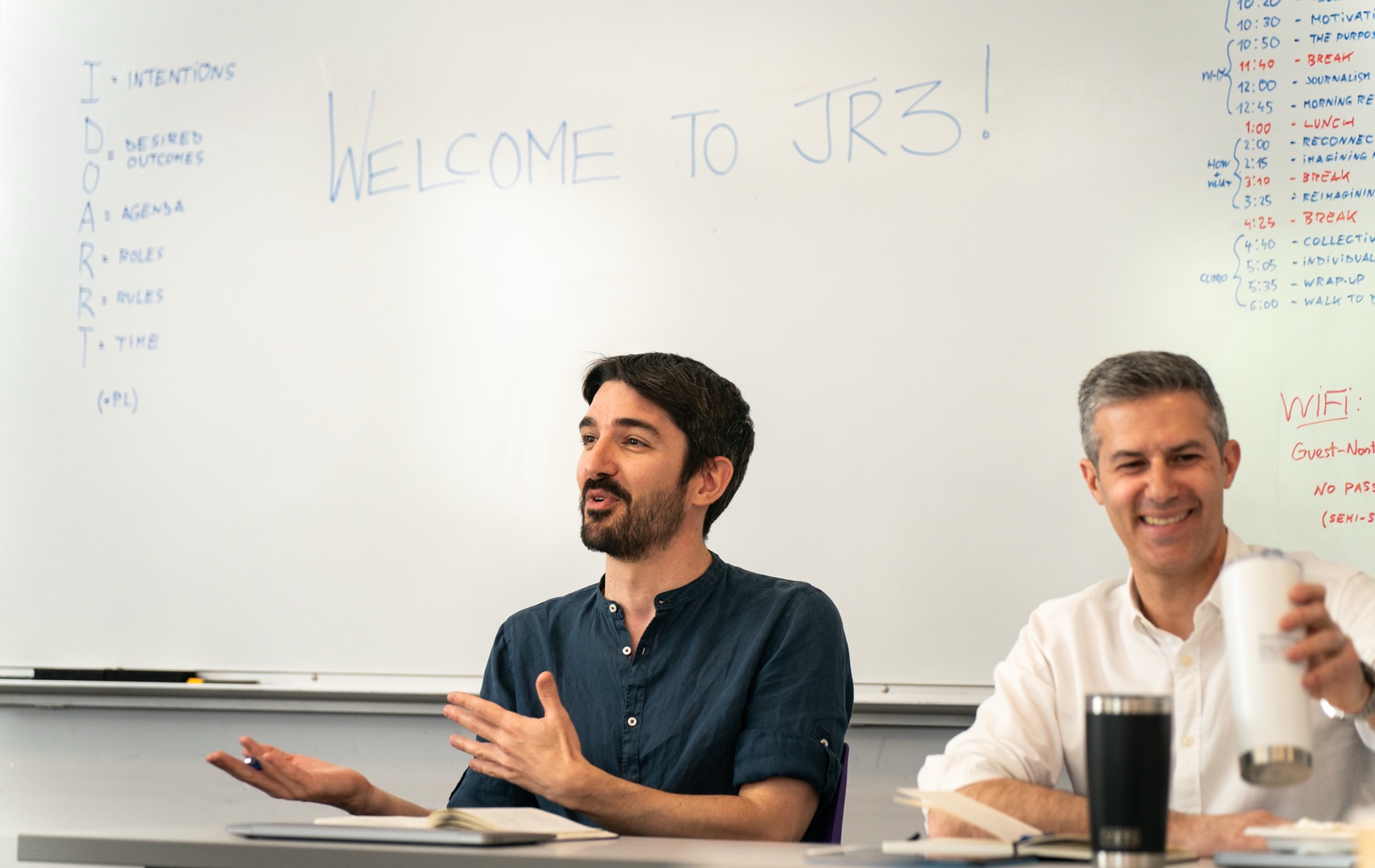
In June, we gathered at the Lab a group of ten participants from across the journalism ecosystem – nonprofit leaders, newsroom managers, independent creators, audience and product leaders, and experts in local news and media sustainability – for a day of collective reflection and ideation.
We plan to act as curators and facilitators, connecting ideas and insights that might help renew the public’s social contract with journalism – and everyone who strives to make journalism more attuned to the needs and wants of the people it serves.
Two Key Questions
Trust in journalism is low, and ‘news avoidance’ keeps growing, but as a JR3 participant noted, we should not assume that people are not engaging because they’re not curious. They are. Our responsibility is to nurture that curiosity.
The question is not how to make people engage with what we create, but how to create something they want to engage with. What do people actually need from journalism in order to navigate their lives?
Time-out: Our focus is on ‘journalism’, not on ‘news.’ These words are, crucially, not the same thing: all news is journalism, but not all journalism is news. ‘News’ is a big part of the problem at hand – ‘journalism’ will be a big part of the solution.
Two key questions that might sound similar formed the core of the JR3 workshop, and we would challenge you to answer them just as we did:
First question: What is the purpose of journalism? Take a moment to think about it, and then write down your answer in the form below. (Pretend you’re writing on a post-it: just a few words, not a long paragraph.)
After you submit your answer, you will see two links:
- ‘See previous responses’: Don’t click on it before answering the second question further down on this page.
- ‘Submit another response’: Go on, submit as many responses as you want. After all, the purpose of journalism is hardly a single one.
Ok, go:
Done? Alright, question two – What should journalism enable us to feel, think, or do?
Again, feel free to submit more than one response.
Now, go check what other people are saying by clicking on ‘See previous responses’ on the two forms.
What did you notice in answering the two questions? How did your responses to the two questions differ?
What about other people’s responses? How do they differ?
Divining the ‘Purpose’ of Journalism
The JR3 attendees were already reflecting extensively on the role of journalism and its purpose in their day-to-day work. As a group, we were already deliberately attuned to a non-traditional, audience-centric way of thinking.
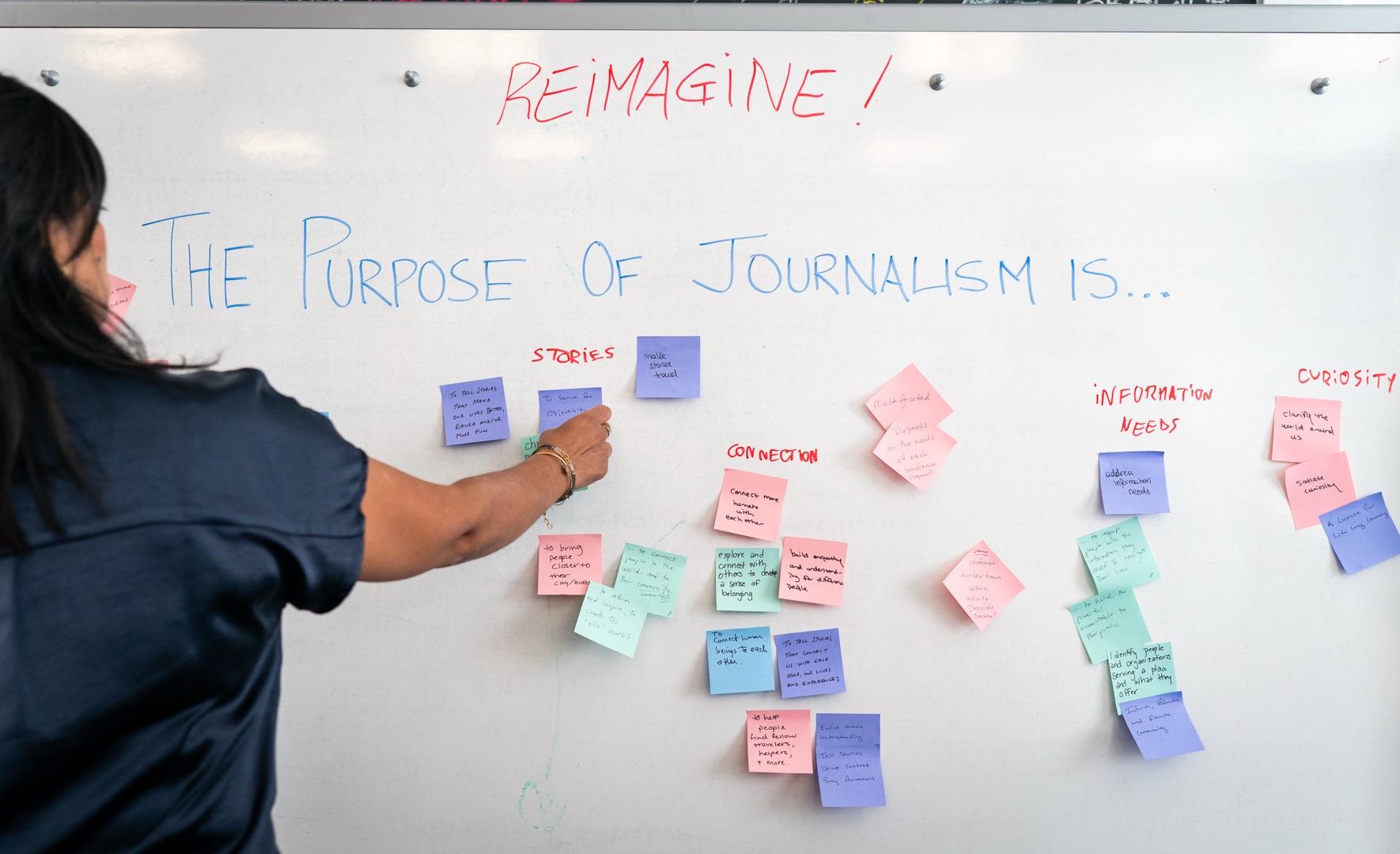
Yet, when asked about the purpose of journalism, many old narratives resurfaced: holding power to account, being the guardian of truth, and establishing a shared reality across society, among others.
When pressed to consider journalism’s role from the audience’s point of view, the group’s answers began to change. Exploring ‘What journalism should enable us to feel, think and do’ elicited responses that focused almost exclusively on:
- Fostering connection and belonging
- Helping us to feel empowered to take action
- Understand each other better
- Have meaningful conversations
- Feel better
- Build a better future together
‘Better’ was a word that kept coming up, as in ‘Journalism should enable us to feel better,’ ‘think better,’ ‘do better,’ ‘understand and empathize better with each other,’ and so on.
But how often does journalism actually enable this better-ness in our lives?
Exploring What Journalism Should Enable Us To Do
At the end of the day, participants described with these words the shift to an audience-centered and outcome-focused perspective on the purpose of journalism: “The pre-existing mental model for journalism falls apart when you center the audience.” And, “Assumed responsibilities hold us back from solutions that fit this moment.”
This moment requires solutions that do not cling to unrealistic responsibilities. It requires the humility to truly center the audience in all our work, going to where the people already are.
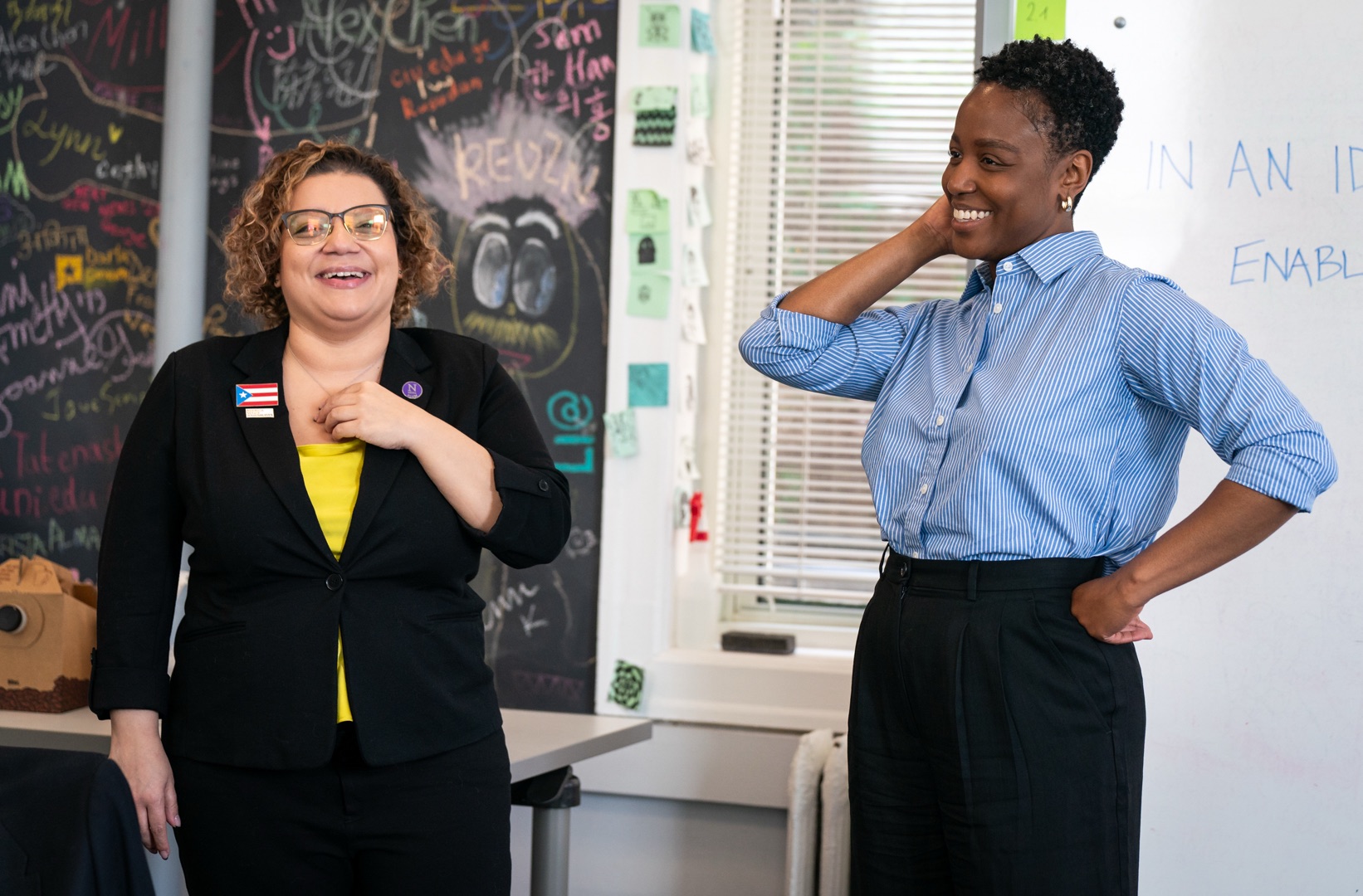
To center the audience means going beyond producing more content and distributing stories on more platforms. Instead, we must embrace the reality of people’s lives: what they need, what can make them better, and how journalism fits as a positive force in those lives.
Journalism cannot exist in a vacuum; it cannot be too proud to recognize its futility.
The JR3 workshop produced a renewed sense of hope and the feeling that “the coherence and congruence of the thoughts really signalled to me that we may be at a genuine turning point in journalism - towards a journalism of connection and care” as one of the participants put it.
What’s Next?
We’ll share more about JR3 and what we’ve learned, not just through our words, but by inviting you and everyone else who cares about the future of our industry to join in the conversation and contribute to healing our relationship with the public.
If this resonates, we invite you to share these thoughts with your colleagues and discuss them in your organization. What do you want your journalism to enable people to feel, think, and do? Where is it falling short of this objective? And what is one thing you can start doing right now to serve it better?
We’d love to hear what you take away from these conversations. Email us at jeremy.gilbert@northwestern.edu and xhgmattia@gmail.com.
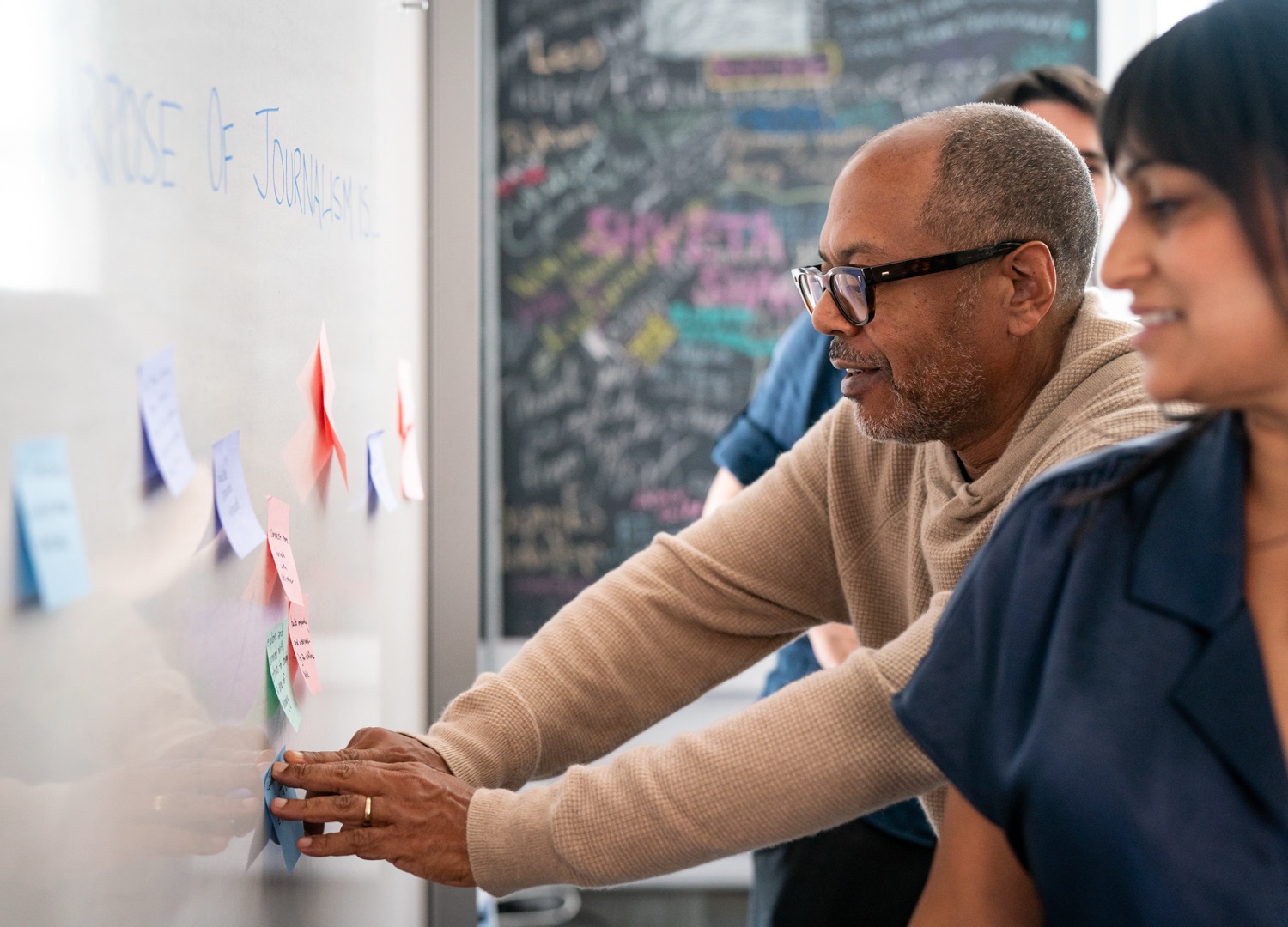
Acknowledgements & Thanks
We would like to thank all the participants: Aldana Vales, Anika Anand, Ariel Zirulnick, Francis Wick, Janine Warner, Jillian Melero, Kevin Merida, Lisa Gibbs, Mariah Craddick, and Shirish Kulkarni.
We also want to thank the JR3 team: Ashir Badami, Joe Germuska, Maddie Schmitt, and Madalina Ciobanu.
Special thanks to Tran Ha for helping to guide the design and facilitation of the JR3 workshop.
JR3 is a project of Northwestern University’s Knight Lab at Medill, with the additional support of Northwestern’s Buffett Institute for Global Affairs.
